Podcast: Play in new window | Download
We’ve reached 3,000 likes on facebook! So as promised, here’s a bonus member’s only episode. This time, I’m releasing an episode looking into the potential beginnings of the Arthurian myth. I hope you like it!

A Chronological History of Britain

Podcast: Play in new window | Download
We’ve reached 3,000 likes on facebook! So as promised, here’s a bonus member’s only episode. This time, I’m releasing an episode looking into the potential beginnings of the Arthurian myth. I hope you like it!
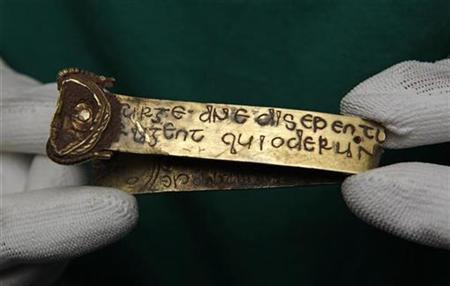
Podcast: Play in new window | Download
Today’s episode features Cathy Shingler, of The Potteries Museum in Stoke on Trent. She will be discussing with us the iconic band, possibly from a cross, with Latin inscriptions along both sides of it. We will also speak about the cultural significance of the materials used in many of the objects found in the Hoard, as well as a discussion regarding a rather intriguing Anglo Saxon god. I hope you like it!
Below you’ll see a few photographs of the golden strip we’re discussing as well as links to the Birmingham Museum and Art Gallery, the Potteries Museum in Stoke on Trent, and the site dedicated to The Staffordshire Hoard.
The Staffordshire Hoard: www.staffordshirehoard.org.uk
The Potteries Museum: www.stokemuseums.org.uk/pmag
The Birmingham Museum and Art Gallery: www.bmag.org.uk
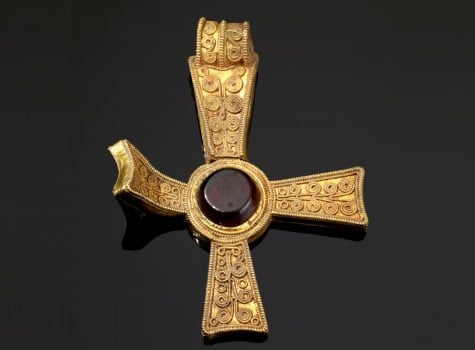
Podcast: Play in new window | Download
Today we are beginning our project on the Staffordshire Hoard. We will be featuring interviews from major figures within the Birmingham Museum and Art Gallery, The Potteries Museum in Stoke on Trent, and with the Staffordshire County Council.
The Staffordshire Hoard: www.staffordshirehoard.org.uk
The Potteries Museum: www.stokemuseums.org.uk/pmag
The Birmingham Museum and Art Gallery: www.bmag.org.uk
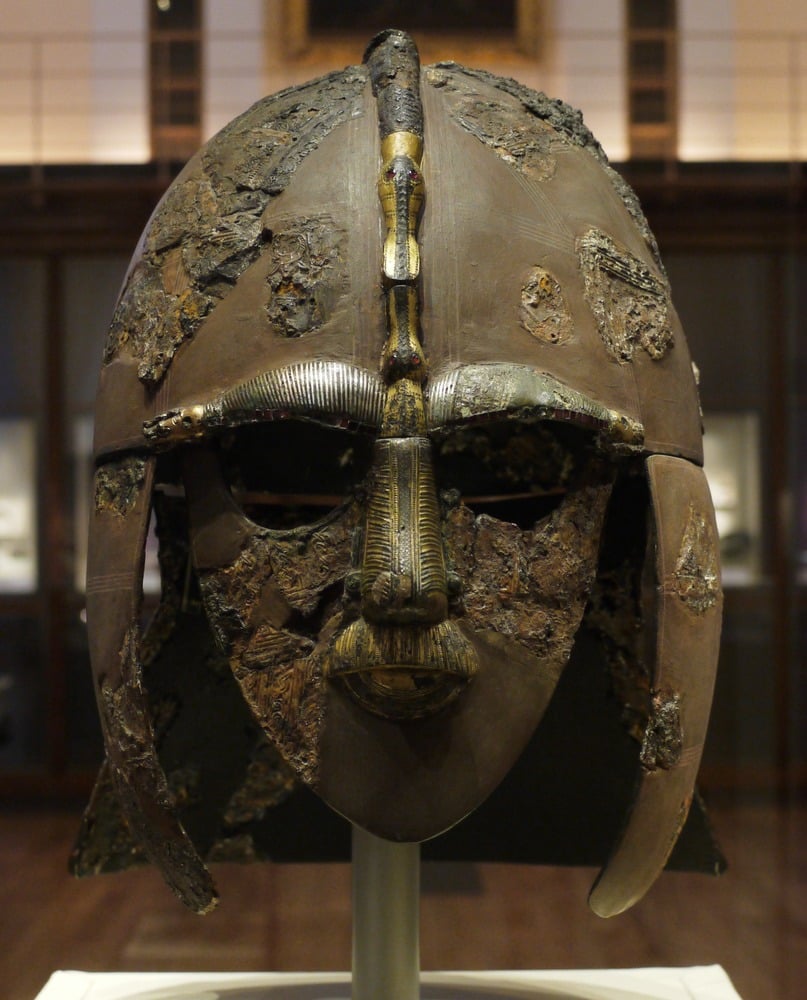
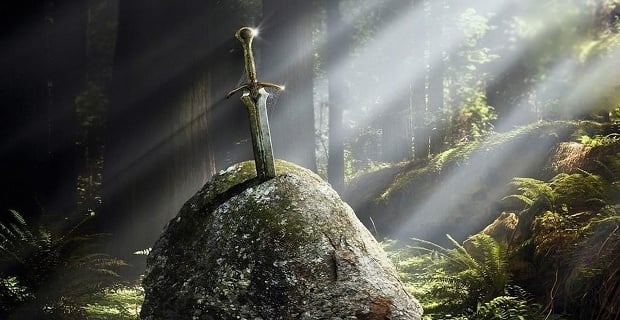
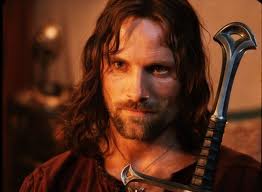

Podcast: Play in new window | Download
As you might imagine since I’m doing an episode on it, Halloween has a lot of British influence upon it. In fact, the name itself comes from Scotland, where All Saint’s Eve (also known as All Hallow’s Eve) was shortened in the 16th century to Halloween. And the name stuck. But as you have probably gathered, originally the day was simply the day before All Saint’s Day (also known as All Hallows or Hallowmas). And this might come as a shock to you, but All Saint’s Day was the day in which early Christians commemorated all their saints… and it is still practiced today.

Podcast: Play in new window | Download
This is a combination episode covering medicine in the Dark Ages!
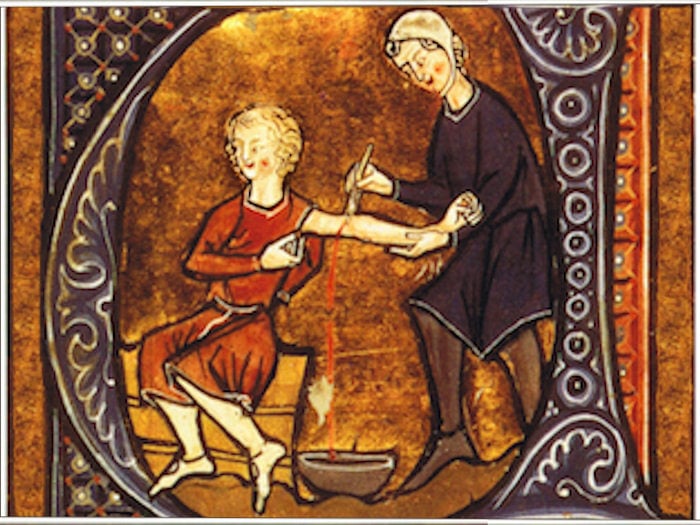
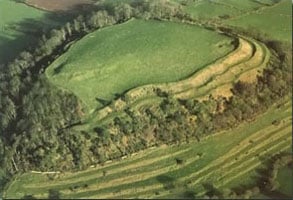
Podcast: Play in new window | Download
Ok, we’ve been getting pretty deep into the weeds and have been getting farther and farther from a coherent story. On the one hand, the culture is the story, but on the other hand it’s hard to get attached to a story if you forget who we are talking about and the people involved. So I thought that now would be a good time to tell a story about a community that was living in the early post-Roman era. After all, I’ve been spending a lot of time telling you how things weren’t as bad as you imagine so I might have given you the impression things were fine. They weren’t. Especially in the early parts, people were sickly, their lives were bleak, and it was a scary and violent time to be alive. That isn’t to say that people in the Roman era, especially the poor, were healthy and happy… it looks like they were also in pretty dire straights when compared to their Iron Age kin. But I think it’s important to put some of this stuff into context and remember that, while things weren’t necessarily as awful and culturally devoid as people might imagine, things were still pretty rough. Especially in the early parts.